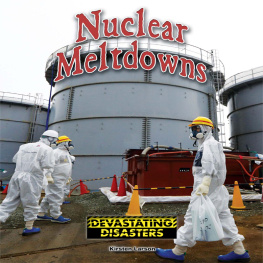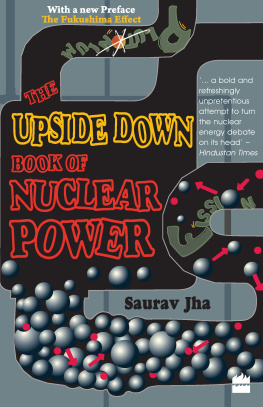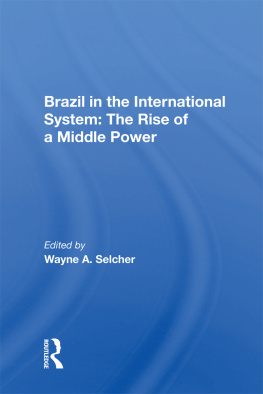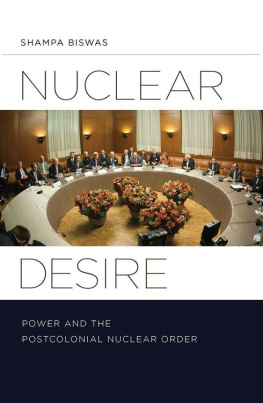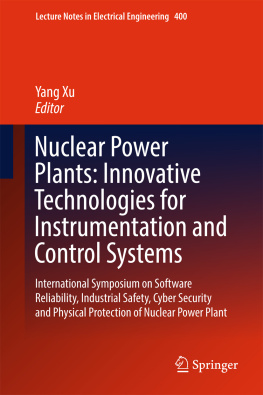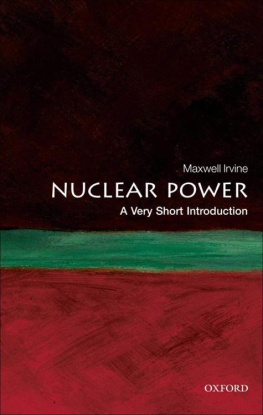About the Book and Author
In early 1982, the Washington Public Power Supply System (WPPSS) terminated two nuclear projects, triggering an episode of mass ratepayer insurgency throughout the state. In this survey of the crisis, Dr. Sugai analyzes the political and economic conditions that precipitated the protest and examines citizen opposition to the WPPSS nuclear venture between 1976 and 1981.
His review of the public initiative campaigns aimed at the Northwest utility establishment by local antinuclear forces and the role of key individuals and organizations involved in anti-WPPSS activism are central to the discussion. By emphasizing the organizational dynamics of citizen opposition, the analysis clarifies the influence of antinuclear protest in bringing about the WPPSS crisis, which is still in litigation over disputed financial and management liability claims. Finally, the author offers insights into the implications of the 1980 Pacific Northwest Electric Power Planning and Conservation Act and the role of the new Northwest Power Planning Council in regional electrical energy planning.
Wayne H. Sugai is a public utilities specialist in the Bonneville Power Administration, Office of Conservation, Portland, Oregon.
First published 1987 by Westview Press
Published 2018 by Routledge
52 Vanderbilt Avenue, New York, NY 10017
2 Park Square, Milton Park, Abingdon, Oxon OX14 4RN
Routledge is an imprint of the Taylor & Francis Group, an informa business
Copyright 1987 by Taylor & Francis
All rights reserved. No part of this book may be reprinted or reproduced or utilised in any form or by any electronic, mechanical, or other means, now known or hereafter invented, including photocopying and recording, or in any information storage or retrieval system, without permission in writing from the publishers.
Notice:
Product or corporate names may be trademarks or registered trademarks, and are used only for identification and explanation without intent to infringe.
Library of Congress Cataloging-in-Publication Data
Sugai, Wayne H.
Nuclear power and ratepayer protest.
(Westview special studies in public policy and public
systems management)
Bibliography: p.
1. Washington Public Power Supply System--Finance.
2. Nuclear power plants--Washington (State)--Design
and construction--Costs. 3. Electric utilities--
Washington (State)--Rates--Public opinion.
4. Antinuclear movement--Washington (State) 5. Public
opinion--Washington (State) I. Title. II. series.
HD9685.U7W3461987333.79240979786-13271
ISBN 0-8133-7260-7
ISBN 13: 978-0-367-01076-8 (hbk)
The author accepts full responsibility for the content of this book. Though the statements and judgments are my own, I wish to acknowledge the important contributions made by others.
I would sincerely like to thank Professor Kai Lee of the University of Washington for his guidance in the preparation of this manuscript. Many of the ideas in this book respond to his vision of regional utility development and politics. I am also indebted to Professors Herman Lujan and Marion Marts, who served with Professor Lee on my doctoral committee and offered valuable insights into regional political development.
I would also like to acknowledge the support of Dan Leahy, Diane DeRooy, and Marc Sullivan in my field research. In addition, Ms. DeRooy was responsible for the final editing and indexing of this book. Tom Noguchi and George Reich of the Bonneville Power Administration provided access to documentary materials used in this analysis. Finally, I am indebted to Professor Ruth Weiner of Western Washington Universitys Huxley College of Environmental Studies, who offered countless hours of discussion in regional environmental affairs.
In their unwavering support and encouragement throughout the course of this project, Bruce and Wilma Sanford of Seattle have taught me that our intellectual endeavors depend on human kindnesses.
Wayne H. Sugai
Portland, OR
1
The Case of Mass Insurgency
In 1972, the Washington Public Power Supply System (WPPSS) began construction on a series of nuclear generating facilities as part of a broad regional electrical energy development scheme known as the Hydro-Thermal Power Program (HTPP). The nuclear construction program provoked only localized concern until 1976, when anti-nuclear opposition broadened in the Initiative 325 campaign--first in a series of anti-nuclear initiative campaigns in Washington. Anti-nuclear opposition to the WPPSS program continued in both mass protest and formal initiative campaigns, culminating in the passage of the anti-WPPSS I-394 in November 1981 (I-383, a measure aimed at regulating the importation of low-level hazardous waste into the state, passed in November 1980). Shortly thereafter, in January 1982, WPPSS was forced to terminate construction on its last two facilities--WPPSS Nuclear Projects 4 and 5 (WNP 4/5)--due to severe financing problems. A few months later, WPPSS suspended construction on its WNP 1 and 3 projects, following the recommendation of the Bonneville Power Administration (BPA), the regional federal power marketing agency which had underwritten the first three projects through a complicated financing scheme known as net billing.
The mothballing of WNP 1/3 in late spring of 1982 came amidst a statewide ratepayers revolt"--a series of mass protests targeted at local utility officials which had erupted following the termination of WNP 4/5 earlier in January. By then, WNP 4/5 utility participants had begun legal challenges to the massive debt obligations arising from project termination. At roughly the same time, representatives of various ratepayer organizations had agreed to the formalization of protest through the formation of a political coalition--a move that proved costly in terms of group solidarity, for it was marked by the formation of a competing coalition among various splinter Irate Ratepayer groups, led by the Grays Harbor County chapter which had played a key activist role in the early days of mass protest. The formation of the main coalition was also marked by the informal withdrawal of the influential Progress Under Democracy (P.U.D.), a political action committee directed by activist Dan Leahy of Wenatchee, who had provided crucial organizational and strategic guidance in the early days of protest.
Though the main coalition was established to provide centralized leadership and coordination of ratepayer protest activities, it languished during the second half of 1982 and effectively disbanded in early 1983--a casualty of rapid shifts in crucial material circumstances definiinstitutional collapse ~ng the WPPSS crisis and familiar group dynamics working against organizational unity. Dissensus stymied leadership, blocking the formation of coherent policy and forcing consideration of alternatives with uncertain political ramifications. Though it threatened organizational risks, intervention in the burgeoning litigation growing from WNP 4/5 termination offered an irresistible alternative to continued mass protest, which had all but ceased by the beginning of summer. The slate of public utility commission contests in the November 1982 general election also offered an attractive electoral alternative--a practical goal pursued by Leahys P.U.D. that met with success in the election of ratepayer reform candidates and the defeat of incumbent utility commissioners. These developments eroded the basis for coalition among the group membership.


